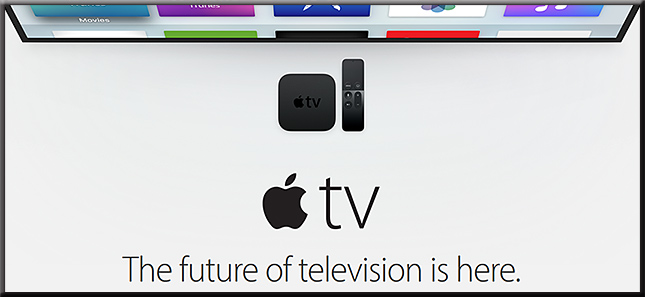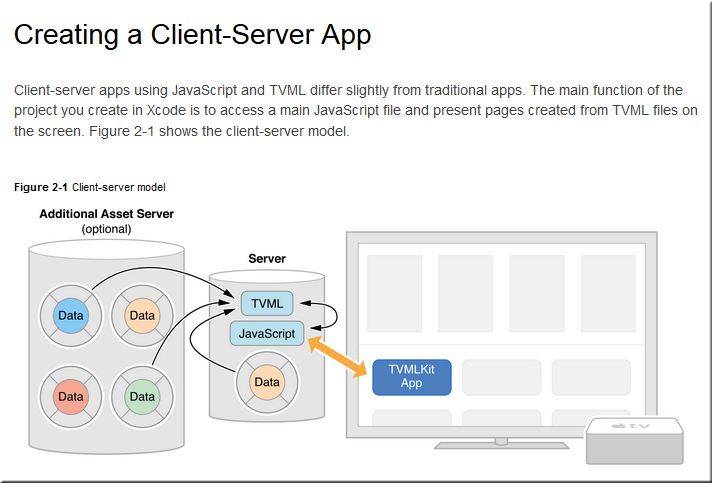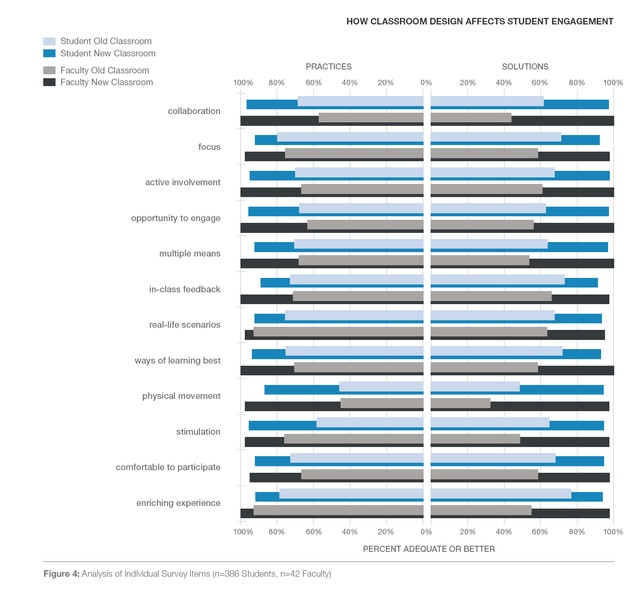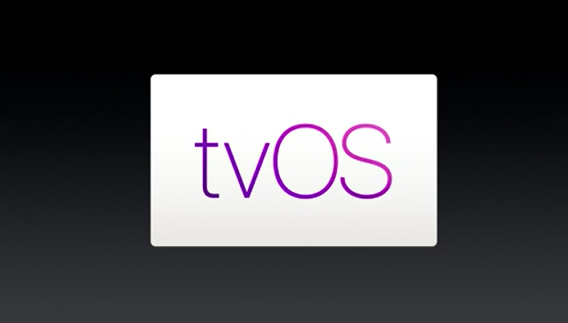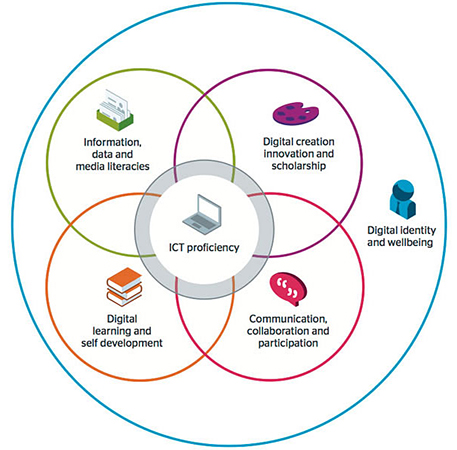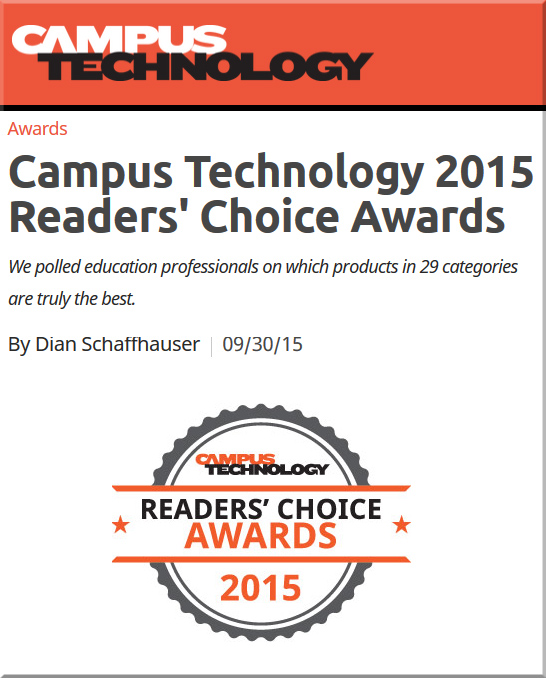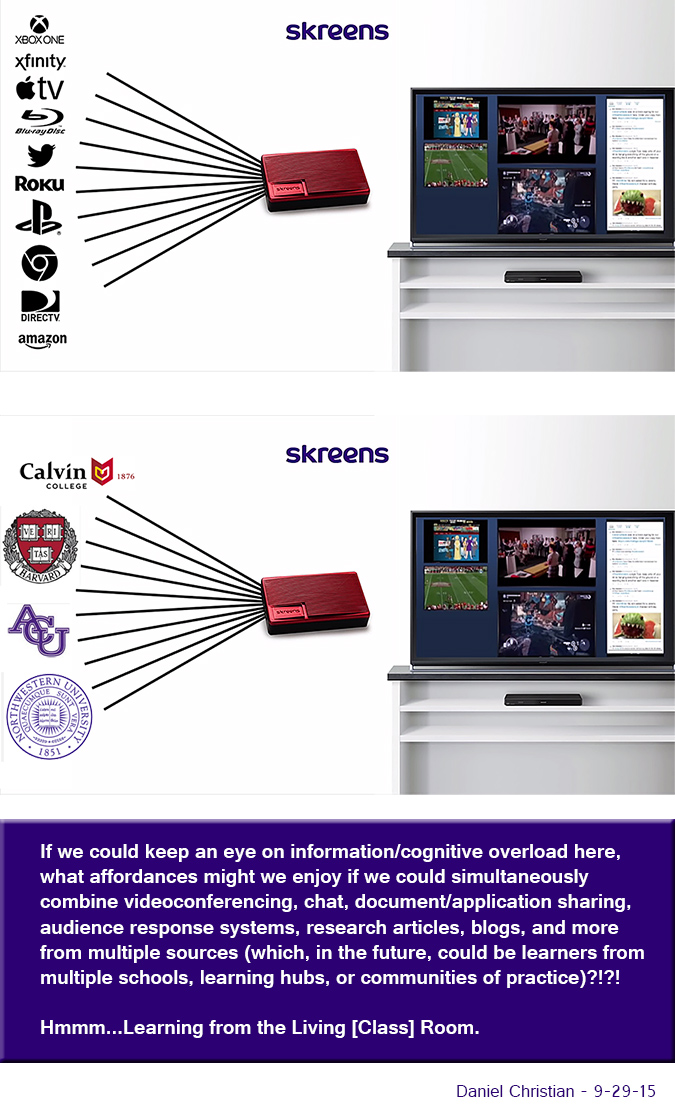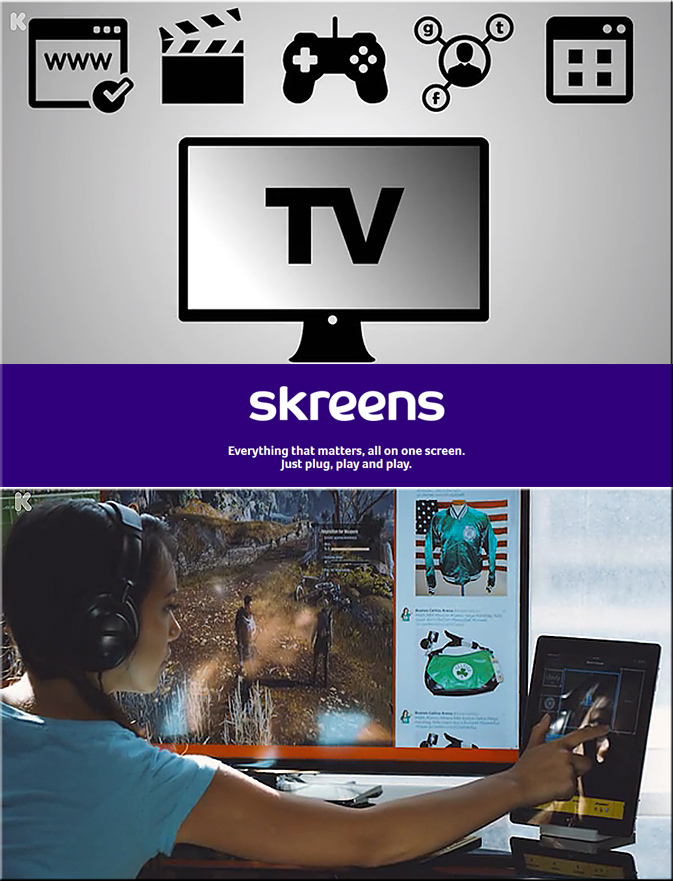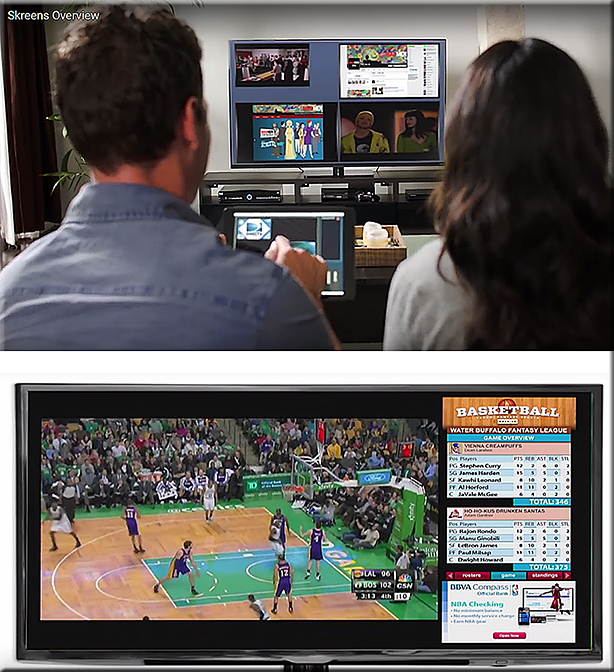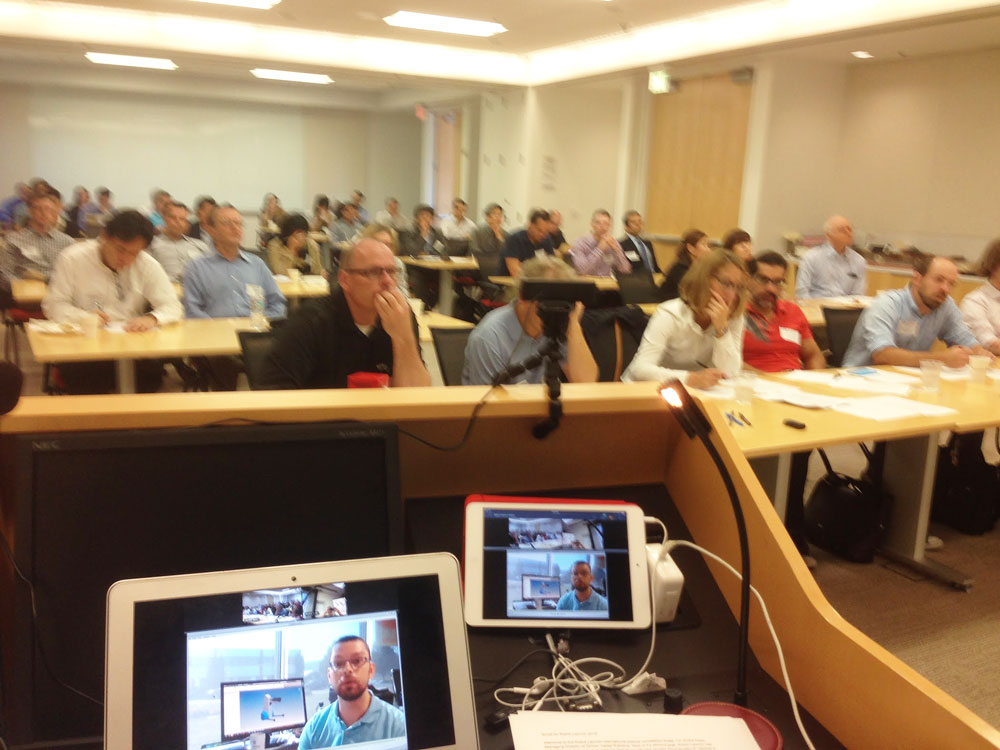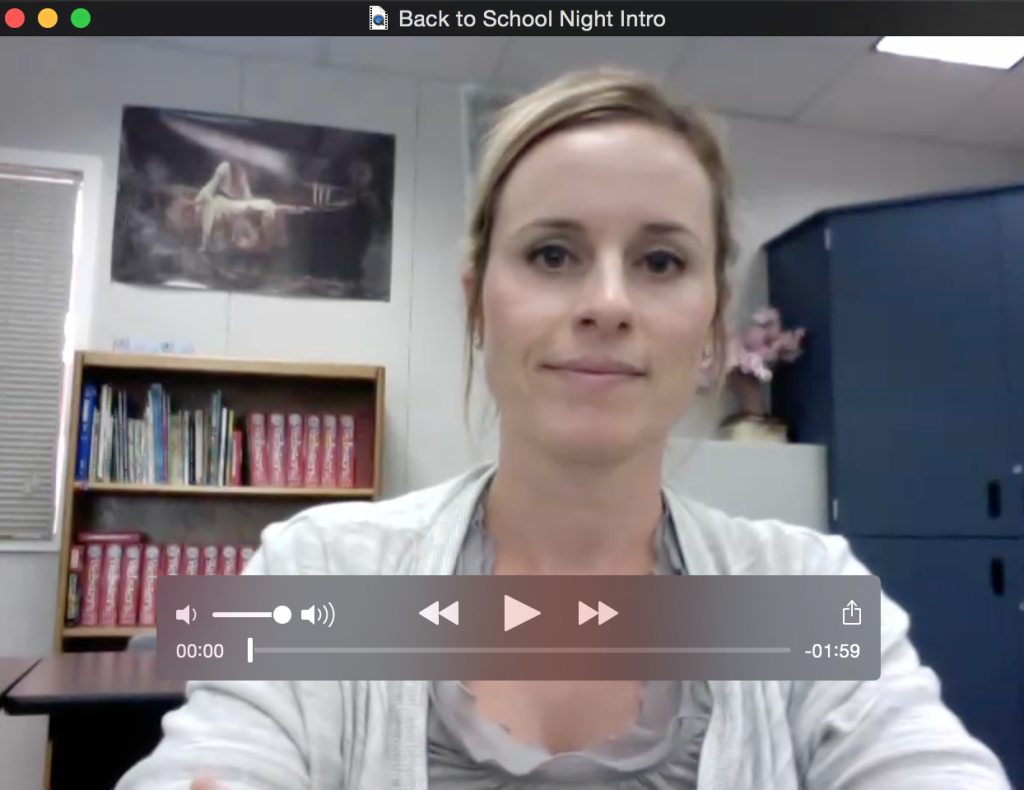From DSC:
The world of learning lost a great contributor last Friday when Jay Cross passed away.
To me, Jay modeled lifelong learning — not only helping others to learn and to grow, but also seeking to do those very things himself. For example, he was constantly trying out new tools, experimenting with them, learning about them, and then taking what works and discarding the rest. He’d pick up a new web-based collaboration tool, make a recording, and then move onto something else.
He was a founding member of a great, collaborative team in the Internet Time Alliance, where members included Jay, Jane Hart, Harold Jarche, Charles Jennings, Clark Quinn, and Paul Simbeck-Hampson.
One area of all of our learning ecosystems involves informal learning, something that Jay stressed and had a tremendous influence on. More recently, he tackled the The Real Learning Project which “aims to help millions of people learn to learn, increase their intelligence, and realize their life goals.”
There are many postings out there re: Jay, so I’ll point to Jane Hart’s compilation/tributes to Jay to steer you towards some of them.
Two days before passing, Jay posted an item entitled Real Learning: Micro and Macro on his Internet Time Blog:
Quoting from that posting, Jay says:
Setting goals, reflecting daily, taking risks, and doing experiments
prime the brain for spotting opportunities and working smarter.
So you can see that up to his dying day, Jay was about helping people learn and grow.
Thanks Jay for your work and your very important contributions.
RIP Jay.
Daniel









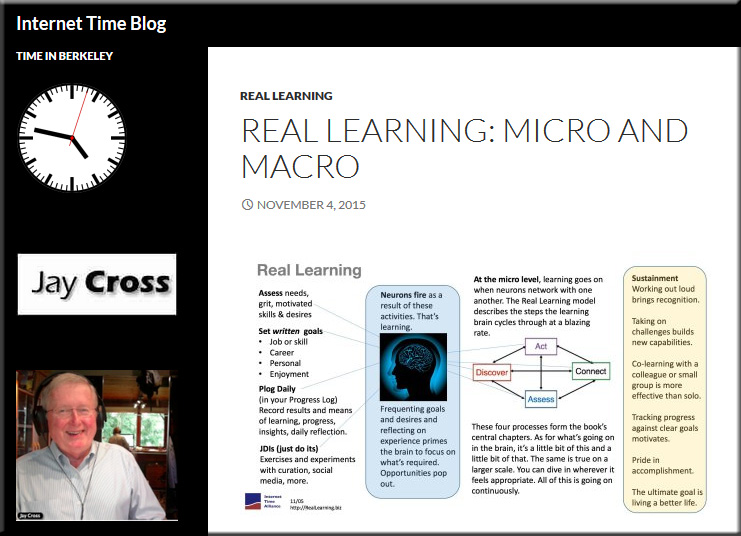


![The Living [Class] Room -- by Daniel Christian -- July 2012 -- a second device used in conjunction with a Smart/Connected TV](http://danielschristian.com/learning-ecosystems/wp-content/uploads/2012/07/The-Living-Class-Room-Daniel-S-Christian-July-2012.jpg)
